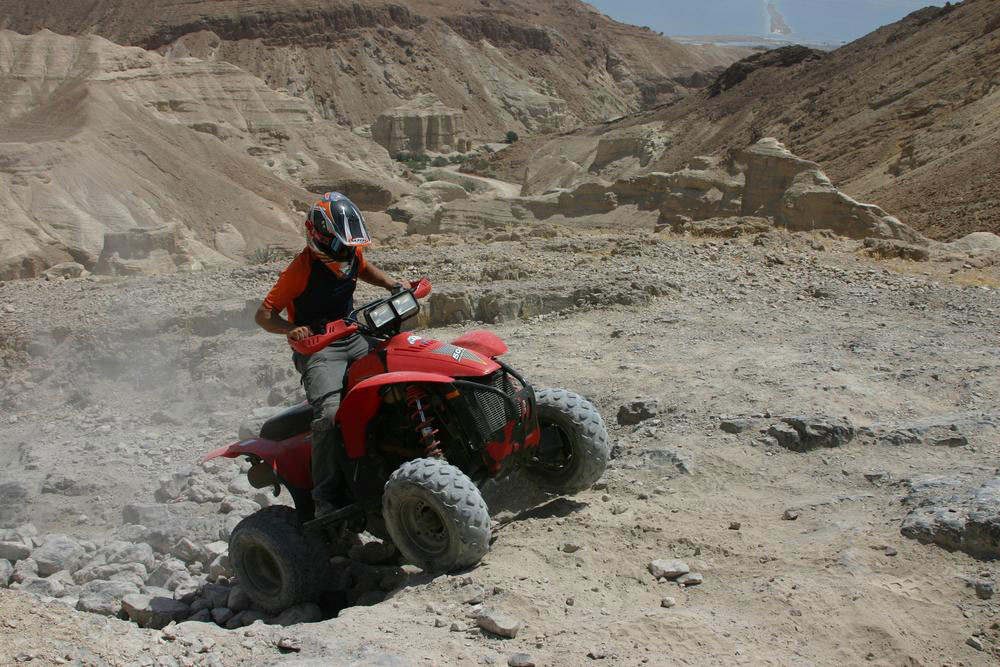Emerging Trends Fueling Growth in the ATV and UTV Industries
The article explores the transformative growth of ATV and UTV markets, highlighting their evolution from recreational tools to essential assets in emergency response, law enforcement, and urban maintenance. It emphasizes technological advancements, environmental considerations, and future industry trends that are shaping this expanded role. As these vehicles adapt to diverse operational needs, their importance in public safety and city infrastructure continues to rise, making them crucial components of modern transportation solutions for both urban and rural areas.

Emerging Trends Fueling Growth in the ATV and UTV Industries
The utility vehicle sector has experienced unprecedented growth in recent years, driven by evolving needs across urban, rural, and industrial landscapes. Once primarily associated with recreational off-road activities and sporting events, all-terrain vehicles (ATVs) and utility task vehicles (UTVs) are now becoming essential tools for emergency response, public safety, and logistical operations. This transformation underscores a significant shift in the purpose and application of these versatile vehicles, highlighting their expanding presence in various sectors beyond traditional boundaries.
Historically, ATVs and UTVs have been synonymous with recreational activities such as trail riding, racing, and outdoor adventures. However, recent years have seen a remarkable expansion in their roles, especially within urban environments and specialized industries. Emergency services, law enforcement agencies, and municipal governments are increasingly adopting these vehicles for their versatility, mobility, and ability to operate in challenging terrains and adverse weather conditions. Their utility extends to snow removal, disaster relief, medical emergencies, and logistical support, making them crucial in scenarios where traditional vehicles might face limitations.
The growing reliance on ATVs and UTVs in emergency response strategies has been driven by their unique capabilities. For instance, in winter months or regions prone to heavy snowfall, these vehicles facilitate snow clearance and ensure that essential services remain operational. They are also vital in disaster-stricken areas, where debris and inaccessible routes hinder the deployment of conventional vehicles. Emergency responders utilize ATVs and UTVs to swiftly reach affected individuals, transport medical supplies, and evacuate civilians, thereby playing a pivotal role in saving lives.
Furthermore, as urban areas face increasing challenges related to traffic congestion and limited access in emergency situations, the compact size and agility of ATVs and UTVs provide distinct advantages. Police departments deploy these vehicles for patrol, crowd control, and rapid response in crowded or hard-to-reach locations. Similarly, medical teams rely on them for quick deployment during accidents or natural disasters, especially in terrains that are difficult for larger ambulances to navigate. Urban planners and municipal authorities recognize these benefits, leading to wider adoption of utility vehicles as essential elements in city safety and disaster preparedness plans.
The technological evolution of ATVs and UTVs also contributes to their growing utility. Modern models are equipped with advanced navigation systems, enhanced traction control, weather-resistant features, and payload capacities, making them suitable for a broad range of operational needs. Electric variants are increasingly gaining popularity due to their environmental benefits and lower operating costs, aligning with global sustainability initiatives. This technological edge ensures that utility vehicles remain relevant and capable of fulfilling complex tasks in diverse environments.
Market projections indicate that the ATV and UTV segments will continue to expand significantly in the coming decade. The convergence of increasing safety concerns, technological advancements, and the demand for versatile transportation solutions in urban and rural settings drives this growth. Manufacturers are investing heavily in innovation, with a focus on durability, safety features, and eco-friendly designs, to meet the evolving needs of customers across various sectors.
In conclusion, the landscape of utility vehicles is undergoing a profound transformation. What was once considered niche equipment for recreation is now an integral part of emergency management, law enforcement, infrastructure maintenance, and everyday city life. The emerging trends point toward a future where ATVs and UTVs will be indispensable tools in ensuring safety, connectivity, and operational efficiency across diverse environments, underscoring the expanding role of these vehicles in modern society.





